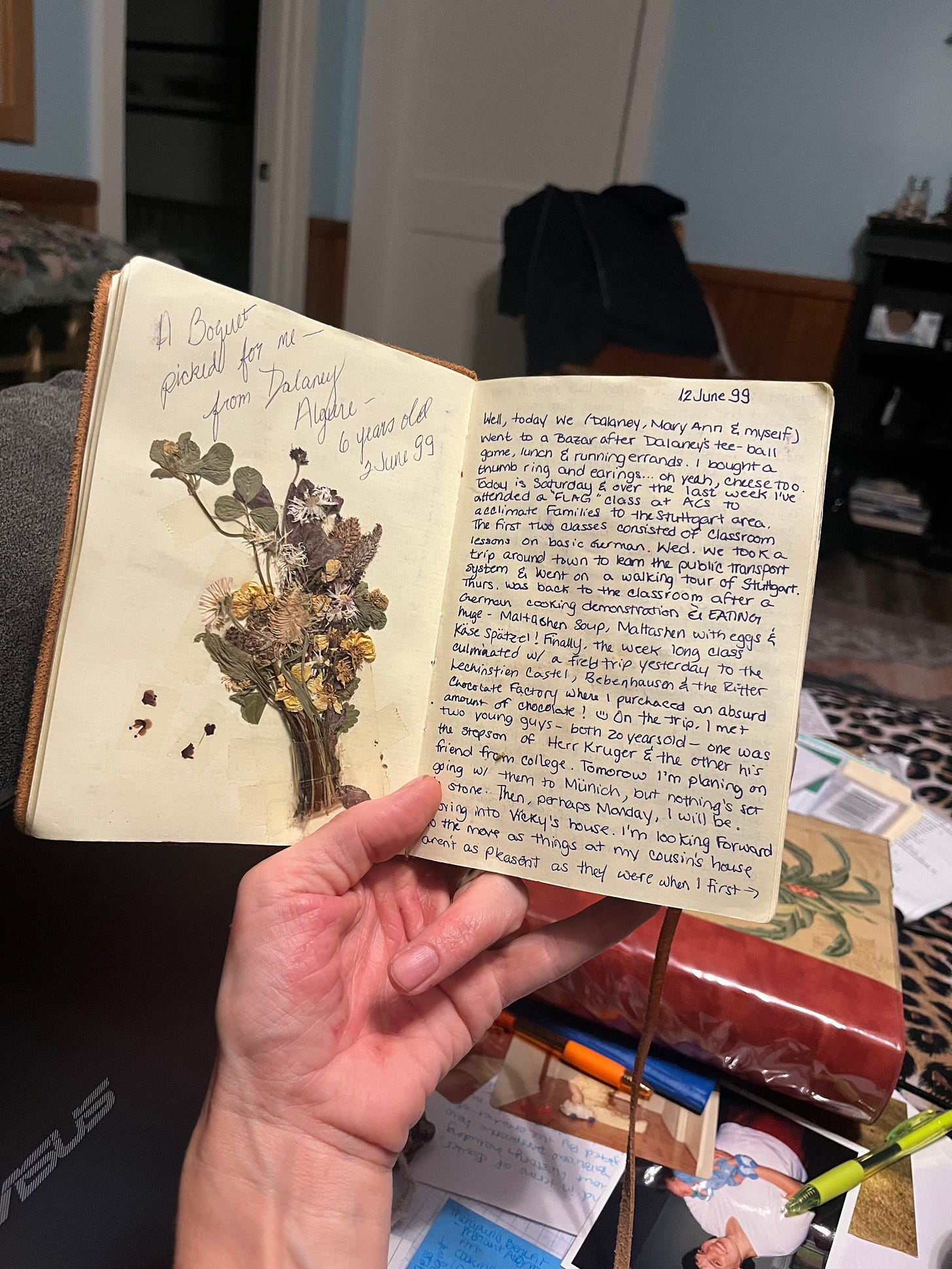Shavuot, also spelled Shavuos, is a major Jewish holiday with both agricultural and spiritual significance.
The name itself means “weeks” in Hebrew, marking the culmination of the seven-week Omer count that begins on the second night of Passover.
On the surface, it’s a celebration of harvest and history. But beneath that, it’s a cosmic threshold—a portal between worlds.
Historically, Shavuot commemorates the moment at Mount Sinai when God gave the Torah to the people of Israel.
It wasn’t just a legal transaction; it was the spiritual birth of a nation.
Thunder. Fire. Divine voice.
A mass revelation that stands alone in recorded history—because this wasn’t one mystic claiming to hear God. This was an entire people, witnessing together.
Sinai wasn’t a story. It was an encounter. And it wasn’t quiet.
Agriculturally, Shavuot also marked the beginning of the wheat harvest in ancient Israel and the bringing of the first fruits—Bikkurim—to the Temple in Jerusalem.
As one of the three pilgrimage festivals, along with Passover and Sukkot, it called people to gather, to offer, to align their lives with sacred rhythm and land.
Customs evolved to honor both dimensions of this day.
Some stay up all night studying Torah in a practice called Tikkun Leil Shavuot, symbolically preparing themselves to receive the revelation anew.
Others read the Book of Ruth, a story set during the harvest season that echoes the theme of willing covenant.
Ruth, a Moabite woman who chose the God of Israel with full agency, mirrors the soul of the Israelites saying yes at Sinai.
And dairy foods—white, soft, pure—are eaten as symbols of Torah itself, sweet and nourishing, or as reflections of the new dietary laws that came into effect after the giving of the commandments.
Shavuot falls on the sixth of Sivan—usually in late May or early June—exactly fifty days after the Exodus.
In Israel, it’s observed for one day. In many communities outside of Israel, it extends to two.
But the question is never how long it lasts. The real question is: what opens during that time?
Because Shavuot isn’t merely a commemoration. It’s an invitation.
Every year, we’re not just remembering what happened at Sinai. We are being asked to re-enter it.
To re-stand. To re-receive. To ask: What does it mean for me to stand at Sinai now?
This is not just about memory. It’s about mystical participation.
Shavuot is a festival of revelation, of renewal, and of responsibility.
It is not a ritual reenactment—it is a return. And more than that, it’s a becoming.
The veil between heaven and earth thins, and we are invited—collectively and personally—to stand before the mountain again.
Not as children reciting tradition. Not as bystanders admiring mythology. But as souls. As sovereign beings. As those ready to receive what has never been fully received before.
Because Shavuot is not only about the giving of Torah. It is about the receiving. And the truth is, Torah is still being given. But most of us are too distracted, too disillusioned, or too domesticated by dogma to notice.
Revelation isn’t just history—it’s an ongoing invitation. And it’s disruptive by nature.
At Sinai, the people didn’t hear God through a prophet. They heard God directly.
That moment shattered every assumed hierarchy between mystic and layperson, priest and people.
God didn’t whisper to a few. God spoke to everyone. And in response, the people said: Na’aseh v’nishma. “We will do, and we will understand.”
They said yes before they had answers.
They stepped into fire before they saw proof.
That is the mystical posture of Sinai—and it is needed now more than ever.
Because we live in a world that worships logic, transaction, and control. And Shavuot calls us back to surrender.
Not passive surrender, but sacred surrender. The kind that dismantles illusions. The kind that makes way for truth.
The kind that costs something.
Every year, it is said that the same divine energy that entered the world at Sinai descends again on Shavuot. But it doesn’t land in stone tablets anymore. It lands in hearts. In dreams. In callings. If we’re open. If we’re listening.
But here’s the truth: revelation doesn’t just comfort. It disrupts.
It rearranges lives. It burns away facades.
To stand at Sinai now is to say: I will no longer participate in systems that harm the innocent.
I will no longer betray my soul for comfort.
I will no longer pretend I didn’t hear what I just heard.
Because Torah was never just law. It was light encoded as structure.
It was divine architecture designed to carry a people out of slavery and into sacred sovereignty.
And we are being asked to receive that architecture again—not only for our own liberation, but for the healing of a world unraveling from the inside out.
The mystics teach that every soul stood at Sinai.
Not metaphorically.
Literally.
Across time.
So maybe the mountain isn’t far away anymore. Maybe the mountain is inside you. Maybe you are where God wants to descend now. Not to crush you. But to awaken you.
To deliver a new revelation—through the fire you’ve survived, through the truth you can no longer unsee, through the voice that’s been rising in your chest while the world begs you to stay silent.
This Shavuot, don’t just remember Sinai.
Become it.
Let your body be the mountain. Let your soul be the tablets. Let your mouth be the echo of the voice that spoke in thunder and flame.
And say with everything you have: Na’aseh v’nishma. We will do, and we will understand.
Even if it costs us comfort.
Even if it breaks tradition.
Even if it sets us apart.
Because if we don’t receive the truth now, we risk forgetting what truth ever felt like.



